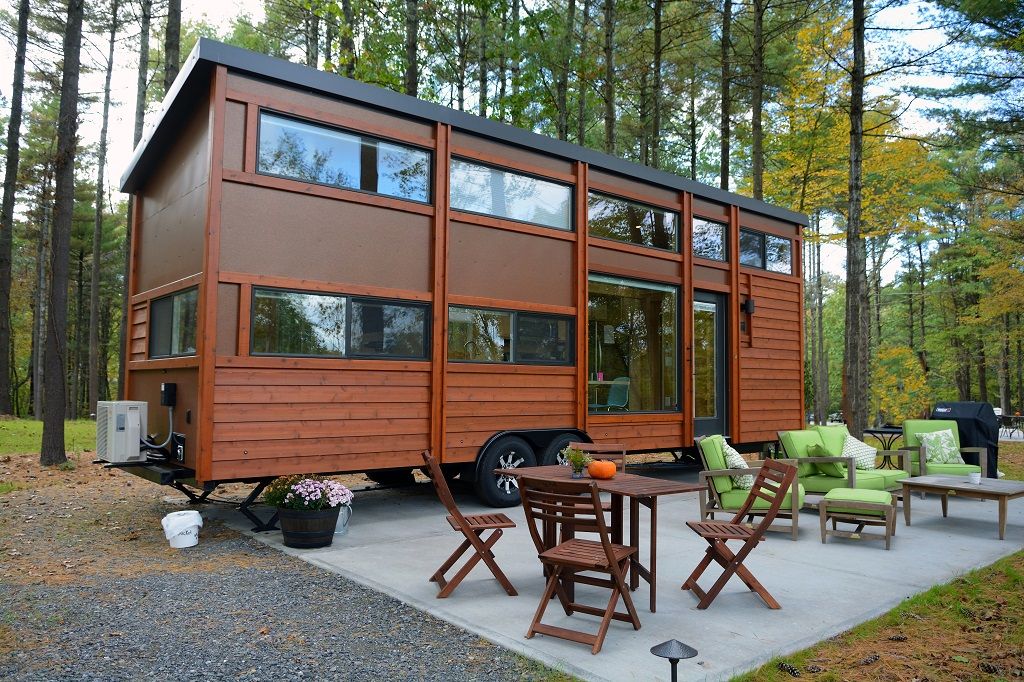 I’ve always loved the location of the Briarcliff Motel, even when it was called the Briarcliff Motor Lodge and I was reviewing the property for the Lonely Planet Guide to New England back in 1999. The motel sits on a quiet stretch of Route 7 directly across from historic Monument Mountain (the hike Herman Melville once took with Nathaniel Hawthorne) and within an easy five-minute drive of the restaurants and shops in Great Barrington. Now under the more than capable watch of Londoners Clare and Richard, the lodging is much more stylish, comfortable, and homey. Breakfast, included in the price, features freshly made scones and muffins, yogurt, fresh fruit, and a tasty homemade granola (no, Richard, won’t give you the recipe). At night, there’s a fire pit to share stories with other travelers about your day at the Clark, Tanglewood, Norman Rockwell Museum, Naumkeag and many other sites in the Berkshires. But don’t miss the opportunity to climb Monument, only a 90-minute round-trip trek that rewards you with a glorious vista of the valley below.
I’ve always loved the location of the Briarcliff Motel, even when it was called the Briarcliff Motor Lodge and I was reviewing the property for the Lonely Planet Guide to New England back in 1999. The motel sits on a quiet stretch of Route 7 directly across from historic Monument Mountain (the hike Herman Melville once took with Nathaniel Hawthorne) and within an easy five-minute drive of the restaurants and shops in Great Barrington. Now under the more than capable watch of Londoners Clare and Richard, the lodging is much more stylish, comfortable, and homey. Breakfast, included in the price, features freshly made scones and muffins, yogurt, fresh fruit, and a tasty homemade granola (no, Richard, won’t give you the recipe). At night, there’s a fire pit to share stories with other travelers about your day at the Clark, Tanglewood, Norman Rockwell Museum, Naumkeag and many other sites in the Berkshires. But don’t miss the opportunity to climb Monument, only a 90-minute round-trip trek that rewards you with a glorious vista of the valley below.
 Vertical gardens barricade the Perez Art Museum, providing much needed shade and heat absorption during Miami’s sweltering summers. The massive windows that line the exterior of the building are the largest hurricane resistant windows in the world. It’s as if current-day architects took a good look at the storied Vizcaya estate that edges the water in the southern part of the city and learned how a century of wear-and-tear transformed Tuscan idealism into tropical overgrowth.
Vertical gardens barricade the Perez Art Museum, providing much needed shade and heat absorption during Miami’s sweltering summers. The massive windows that line the exterior of the building are the largest hurricane resistant windows in the world. It’s as if current-day architects took a good look at the storied Vizcaya estate that edges the water in the southern part of the city and learned how a century of wear-and-tear transformed Tuscan idealism into tropical overgrowth. 
 On the outskirts of
On the outskirts of  In the
In the  I’ve always loved the location of the
I’ve always loved the location of the  Last summer, Bob Malkin, owner of the SoHo retail store, Think Big!, unveiled a resort in South Cairo, New York, that features 9 Tiny Houses. Inspired by the Prairie-style cottages found at Canoe Bay in northwestern Wisconsin, each Tiny House offers a panorama of windows, queen size bed, full-size appliances and luxury bathrooms, as well as a private patio complete with outdoor dining table and seating, Weber grill and fire pit.
Last summer, Bob Malkin, owner of the SoHo retail store, Think Big!, unveiled a resort in South Cairo, New York, that features 9 Tiny Houses. Inspired by the Prairie-style cottages found at Canoe Bay in northwestern Wisconsin, each Tiny House offers a panorama of windows, queen size bed, full-size appliances and luxury bathrooms, as well as a private patio complete with outdoor dining table and seating, Weber grill and fire pit.